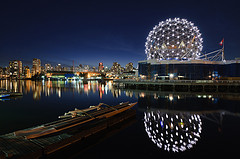Emma Cooke about 250 words
erc8@geneseo.edu
INTD 105-19 Science Writing
Sturges Hall
All too often natural beauty is lost as humans struggle with the need to expand and the want to protect the aspects of nature around us. The James V. Sturges building was constructed in 1938, and over the last 78 years the hall has become one of the most recognizable symbols of the SUNY Geneseo campus. The architecture of Sturges Hall is astonishing, the central clock tower of the main Sturges Quad is Geneseo’s signature building and contains the Alumni Carillon which chimes on the hour. What is truly fascinating about Sturges is the obvious reestablishment of the natural world to a frequently used, man-made structure. The presence of the ivy which winds and twists across the outer walls of the building is a reminder that the human and natural worlds can coexist.
We see the strength of nature every day as we pass Sturges on our way to class, to eat lunch, on our way home as we walk down cement paths poured to make our lives easier. But there are cracks, and in those cracks, nature fights back. The ivy on the walls of Sturges Hall is different, it doesn’t damage the walls. The ivy’s web of dark green leaves, does the opposite acting as a shield, insulating brickwork from the extremes of temperature and moisture that often cause cracks.
Sturges Hall reminds SUNY Geneseo students that while we have been established here for many years, nature has been here for longer. The beauty of nature and our human lives can coexist in so many ways.
